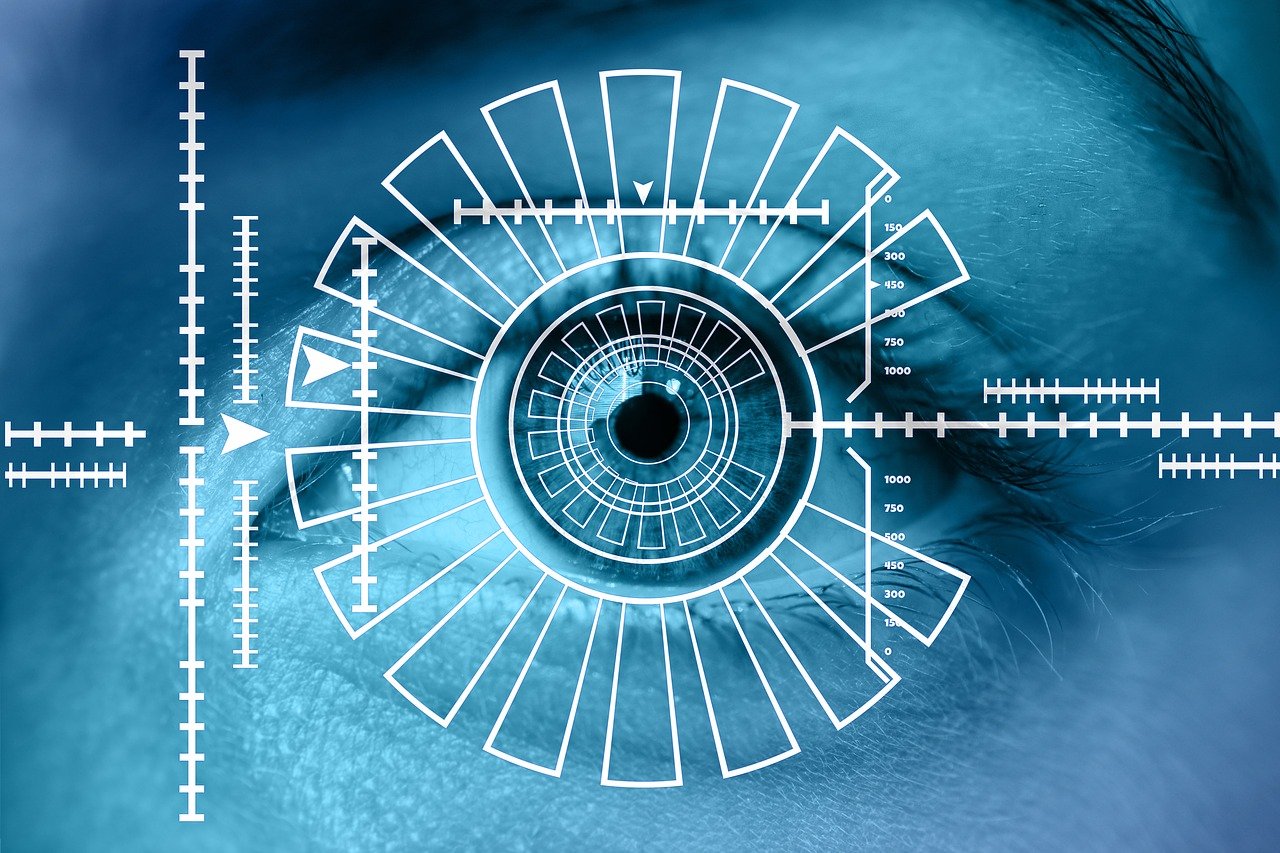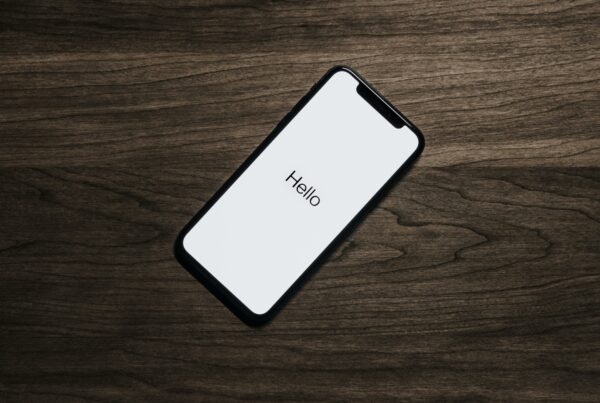Check-in is the first physical contact registrants have with the event and is usually carried out at the entrance to the building where the event is taking place for security and organisational reasons. It should therefore be a simple and uncomplicated check-in process. Biometric check-in is one way of making the process even more agile and fluid.
In this article, we’ll tell you what facial biometrics is, how it can be useful for a more efficient and secure check-in, and the advantages of using it to register entrances to an event.
Biometrics: physiological and behavioural
Data is the new currency and often we don’t even realise the purpose for which it is being used. In order to protect our privacy and identity, new levels of security are needed, especially with the growing number of identity scams and forgeries. Nothing could be safer than ensuring that we have a password that no one else can access: our physiological and behavioural characteristics. These are unique and exclusive to each person, and are not repeated in any other living being.
Biometrics is based on these unique characteristics. Biometrics is the statistical study of an individual’s unique physiological or behavioural characteristics to prove their identity.
Thus, there are two types of biometrics: physiological and behavioural. Physiological biometrics is based on the characteristic features of our bodies: iris colour, hand geometry, body odour, ear shape, fingerprint and facial recognition. Behavioural biometrics, on the other hand, are derived from a specific action: the way we write, the way we walk and signature recognition.
Of all these types of biometrics, the most widely used on the market is facial recognition. This identifies and collects biometric data from around 80 nodal points on the face, such as the distance between the eyes, the shape of the mouth and cheekbones, the shape and length of the nose and head. This data is converted into a mathematical algorithm and stored, creating a faceprint used for validation and identification.
In this way, facial biometrics is a face recognition technology that allows the verification and authentication of a person’s identity based on the capture of their unique facial features.
Biometric check-in
Biometric check-in is often used in various areas. For example:
- Hotels, to speed up the check-in and check-out process;
- Airports, to facilitate boarding and passport control;
- Companies, to control access to restricted areas;
- Financial institutions, for authentication at ATMs and/or online services;
- Events, for participant enrolment and entry.
In this case, we’re going to take a closer look at biometric check-in at events of any kind, which use facial biometrics.
Generally, check-in at an event takes place by scanning a QR code, sent by email when the individual registers online. Access the practical guide to check-in and capacity control at events for more insight on the process.
Check-in can also be done by searching for the person’s name and email address used when registering online, but this is data that can easily be discovered by third parties and misused.
Facial Biometrics in Events
Although each QR code is unique to each registrant, facial biometrics can be a more secure and personalised solution for checking in to an event. This technology is highly useful because it uses artificial intelligence algorithms to compare the real image at the time of check-in with a digital image registered and stored when the person registered online and thus verify the identity match.
To summarise, facial biometric check-in works as follows: when registering online, an image of the individual’s face is captured and stored. At the time of in-person check-in at the entrance to the event, there is a check-in station where a photo of the registrant is captured with a specific camera. This photo is instantly compared with the reference image previously stored at the time of online registration.
While the traditional approach to identification is based on something the individual knows (name and email) or has (QR code), investing in this innovative biometric scanning technology provides a higher quality service that makes the process of entering an event much faster, safer and with a more personalised service.
Advantages of biometric check-in at events
More and more companies are using facial biometrics technology to check-in at their events, and this is due to its many advantages. Compared to traditional check-in methods, which mostly use a QR code to validate entry, biometric check-in has the following benefits:
1. Speed and efficiency
Biometric check-in takes just a few seconds to verify identity and simplifies manual processes (searching for the mobile phone, unlocking it, entering the email and showing the QR code). Long queues, waiting times and excessive bureaucracy can thus be avoided.
2. Exclusivity
Each participant has a unique and non-transferable face. Biometrics provide an infallible level of authentication, as the reading of an individual’s face is only valid when the participant is themselves and not someone else.
3. Convenience and practicality
There are no mishaps or inconveniences at the time of entry, such as losing the QR code, having no battery in the mobile phone, not having access to the Internet or forgetting the email password to access the code. This avoids delays and forgetfulness.
4. Security
Biometric check-in ensures an extra layer of security for access to the event, as it guarantees that the authenticated user is you. By verifying and authenticating the participant’s identity through their unique facial features, it reduces the risk of fraud and identity theft by third parties. It also eliminates the transferability of check-in methods.
5. Increased trust
With fast, efficient and secure authentication, participants feel more satisfied and involved in the process, which strengthens trust in methods that use facial recognition for identity verification. Conversion and approval rates for facial biometrics at check-in increase.
6. Improved participant experience
The use of facial biometrics makes the check-in process easier, faster and more efficient, eliminating the need to present a mobile phone and QR code, and reducing inconvenience at the point of entry. It also simplifies interactions between people, resulting in a less entropic environment and a more fluid and satisfying experience for the attendee.
Improving the attendee experience at check-in is already seen as a critical factor in providing successful events.
7. Innovation
Your event will be seen as visionary for using a technology that is still little adopted and explored in the market. Attendees will feel even more satisfied with the event because your company is betting on something so innovative.
8. Integration with other technologies
This type of check-in can be easily integrated with other technologies, such as artificial intelligence and data analysis, which further increases the efficiency and security of the process.
Despite the numerous advantages of biometric check-in, it is essential to consider issues relating to the privacy and security of biometric data, ensuring that it is stored and used ethically, avoiding abuses of privacy and guaranteeing the protection of participants’ biometric information.
Finally, it is important to emphasise the need to choose a simple, efficient and intuitive check-in system, both for the participants and for the promoters who help them with the entry process. It’s essential that it’s an easy process that happens quickly, without inconvenience and that doesn’t require a lot of guidance and explanation on the part of the promoters.
Talk to us and find out more about how you can implement the biometric check-in process at your event.








